Ectoparasites life cycle
1/10
There's no tags or description
Looks like no tags are added yet.
Name | Mastery | Learn | Test | Matching | Spaced |
|---|
No study sessions yet.
11 Terms
Sarcoptic ( scabies)
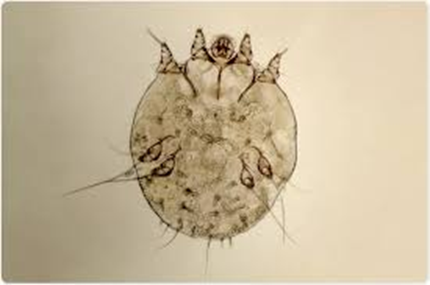
4 stages: egg, larva, nymph, adult. Female lays eggs within tunnel in skin → eggs will hatch and continue to make own tunnels within skin

Ododects cynosis ( Ear mites)
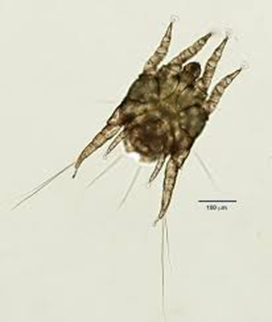
Last about 3 weeks, from egg stage to adulthood. The female lays approximately 5 eggs per day. Eggs mature into larvae in 4 days, and hatch into nymphs (immature adults). Nymphs undergo to stages before being adults.

Demodex
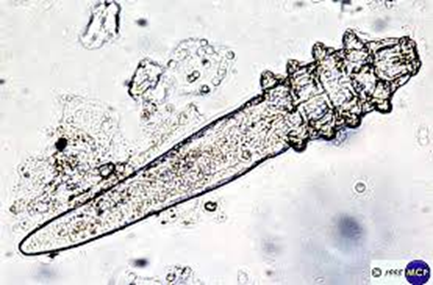
Dwells in the hair follicle, and sebaceous glands,. It is not the sarcoptes species but produces similar alopecia effects. Does not live pruritic lesions, unless infection enters. Only spread by female dog and puppies during nursing

Cheyletiella parasitivorax ( walking dandruff)
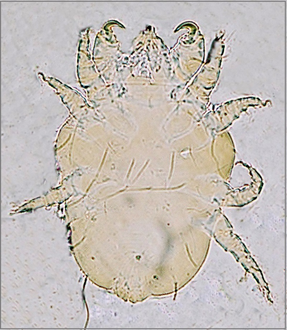
If the mite leaves the host-it will die. The mite must remain on the host to live. The mite is extremely contagious by direct contact and has been found on fleas, ticks, and lice- which explains its ability to be easily transmitted.
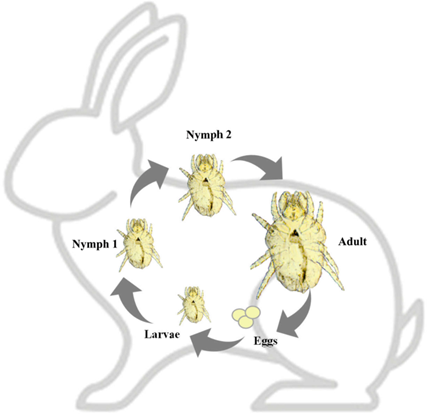
Trombicula species
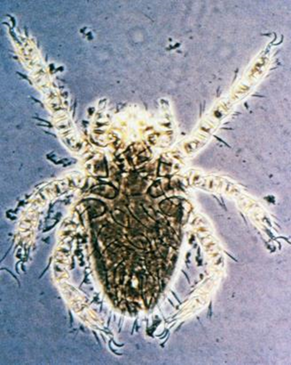

four stages: egg-> six legged larvae -> eight legged nymph ->egg legged adult.Larvae chiggers are found on the host- they feed then will drop off. These mites do not burrow into the skin.
Larval chiggers are parasitic, feeding on host skin, while nymph and adult stages are free-living.

Ticks
Can be one-host, two-host, or three-host ticks.
The female tick will drop off the host and lay eggs in the external environment. They hatch into 6 legged larvae (seed ticks) → Larvae then attach to grass → mammal, where it molts to a 8 legged nymph. The nymph will feed → back into the environment to find a larger mammal to attach to feed on → drops back into environment to molt to an adult → Once an adult, the tick will repeat the cycle
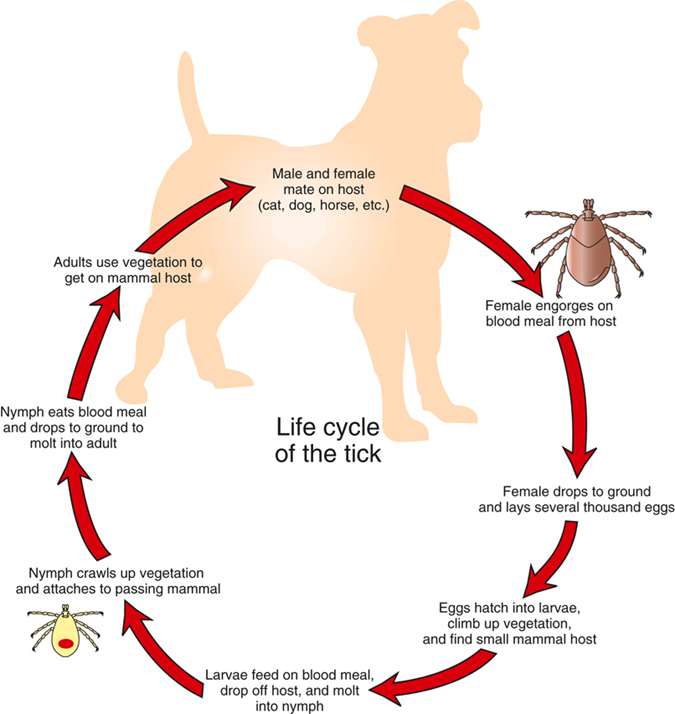

Ctenocephalides canis & Ctenocephalides felis

Flea
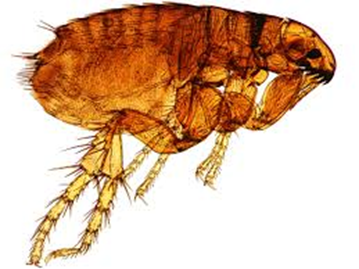
Four parts: Eggs are shed by the female in the environment, where they hatch into larvae in 3-4 days. Larva then become pupa, which tasks 3-4 weeks to mature. Then adult flea hatches from the pupa- and seeks a mammal to feed on.

Pediculus Spp- “Louse”
( Lice)
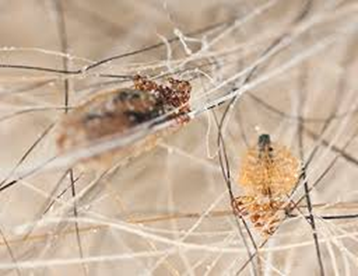
Females lay eggs (nit or egg), it takes 1 week for eggs to hatch, nymph emerges and attaches to a hair follicle, undergoes 3 molting processes over 7 days. Must continually eat blood meal or will die.

Flies
Flies lay eggs on animals, developing into maggots that feed on necrotic flesh, causing tissue damage and secondary infections.

Babesia (blood parasites)
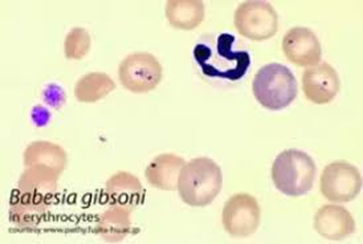
clinical signs ranging in severity from sudden collapse with systemic shock, to a hemolytic crisis (the body attacks and destroys red blood cells), to a subtle and slowly progressing infection with no apparent clinical signs

it takes a minimum of 48 hours for the Babesia transmission to occur once the tick begins feeding on your pet.


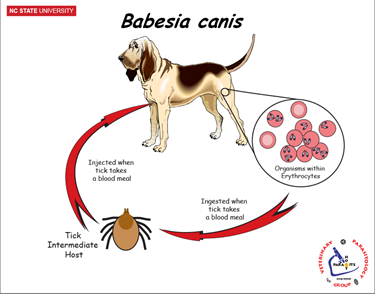
Blood Parasites: Anaplasma phagocytophilum

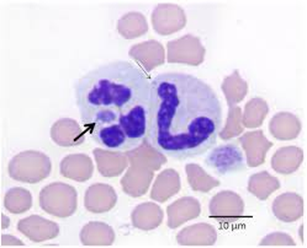
through bites of the deer tick (also known as the black-legged tick) and the Western black-legged tick
